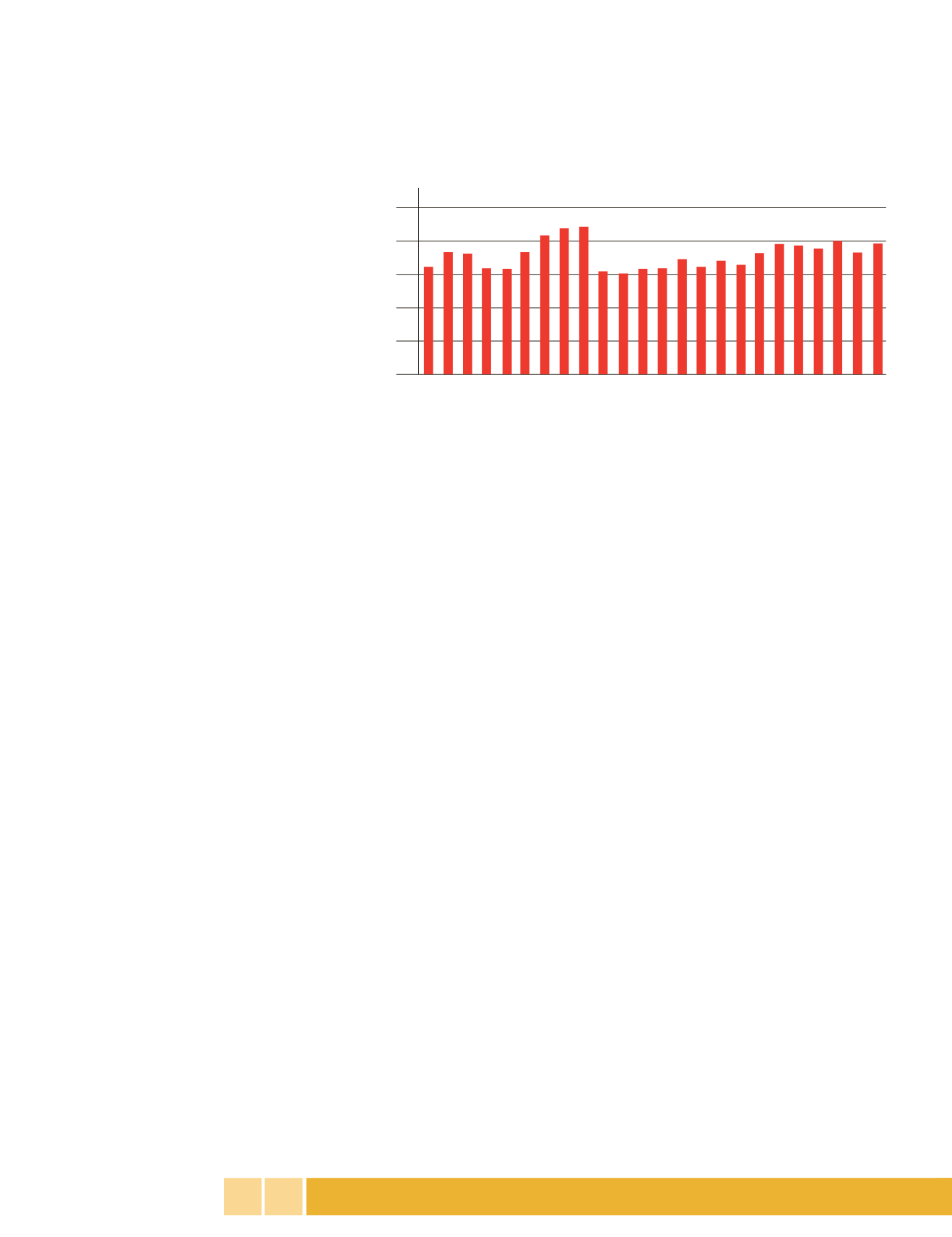

66 •
PPB
• MAY 2016
THINK
What makes the industry attractive to
some investors is its consistent profitability,
asserts Frank Krasovec, an Austin, Texas-
based investor and former principal at
Norwood Promotional Products. “It’s an
industry that lets you make money, but on
the supplier side you have to be very effi-
cient to make a profit,” he says, citing the
amount of work required on a typical $200-
$600 order. He thinks that one of the
downsides that can occur with investments
from private equity firms is that they have a
tendency to generalize when they consider
investing in a promotional products supplier
and think they can save money by merging
overhead costs. He says when this happens,
customer service is often glossed over as
though anybody can do it, when in fact
superior customer service is what makes the
difference between preferred suppliers and
everybody else. “If they try to consolidate
plants, they may save money but they lose
customers. In an industry where products
are time-sensitive and personalized, cus-
tomer service is everything. If you mess
with customer service, you are asking for
trouble.” He believes industry investors are
better served by putting money into making
the company’s customer service operation of
the highest quality instead of trying to
reduce costs. “Think big and act small,”
he advises.
However, Woody challenges the notion
that the industry is an attractive buy to
every investor. “We don’t know how many
have looked at the space and said, ‘It’s not
for me,’” he says. “When private equity
investors take a closer look and see the rel-
atively low barrier of entry, the commoditi-
zation of industry products, the threat of
being disintermediated, large advertisers
buying directly out of China and margins
that are challenged, they may conclude it’s
easier to make money somewhere else.”
WHAT WILL CONSOLIDATION MEAN
TO THE INDUSTRY?
Woody remains a skeptic about true
consolidation happening at all in the promo-
tional products industry citing the definition
of an industry that’s ripe for consolidation as
one with relatively high barriers to entry, dif-
ferentiated products, well-established brands
and high profit margins. “None of that
describes the traditional promotional prod-
ucts marketplace,” he says. “Margins are
stressed, products are commoditized and bar-
riers to entry are low. I’ve been tracking sup-
plier and distributor consolidation since
1991 [see charts] and it’s clear that if we
define consolidation as most industries do,
there has been virtually no consolidation on
the distributor side and only moderate con-
solidation on the supplier side.”
True to its definition, if consolidation
is happening, it’s likely to create mega
companies and together with the efficien-
cies borne by the collaboration of talent
and systems, will result in companies
poised to do a sufficient job of servicing
their core business. However, the potential
lack of competition could hinder aggressive
pricing to distributors.
Nonetheless, AIA’s Woods sees the
trend as positive, leading to stronger com-
panies that are more equipped to compete,
and because there will be fewer companies,
they are likely to be more competitive and
able to innovate. “Companies that can
remain flexible and able to adapt to end-
buyer needs will continue to do well—
especially distributors with creative
approaches and strong use of technology
and supplier companies with innovative,
new products,” he says.
Brand Addition’s Fandos thinks consol-
idation will actually help the industry from
a product safety point of view. “It will mean
a smaller number of suppliers will have the
ability to drive more margin because of
fewer competitors, and they will be looking
to cut their costs.”Whether good or bad,
another result, he adds, is that those compa-
nies will likely lose their traditional family
feel and become more corporate in struc-
ture and culture. As a result, “They will also
be more financially driven, not emotionally
driven,” he adds. “It’s probably good for
large end user clients but I’m not sure if it’s
good for our industry. But we are a mature
industry and we’ve got to find efficiencies.
Size is often the best way to do that.”
While most industry experts predict
that continued aggregation of supplier
companies, in particular, will lead to the big
getting bigger, some believe there will also
be a very important place for small compa-
nies in the industry’s future. Graham, for
one, is optimistic about that future industry
landscape because of the opportunities it
affords not only to small suppliers but to
distributors. “We’re going to see an emer-
gence of longer-tail-type suppliers—small-
er, innovative companies who come to the
market and get attention with innovative
products that bigger suppliers are not inter-
ested in because they don’t match their
25
20
15
10
5
0
Top 25 Promotional Products Distributor
Sales as a Percentage of Total Industry Sales
1991
1992
1993
1994
1995
1996
1997
1998
1999
2000
2001
2002
2003
2004
2005
2006
2007
2008
2009
2010
2011
2012
2013
2014
CHARTS PROVIDED BY MICHAEL WOODY AS PUBLISHED IN IMA MEDIA REPORT.
















